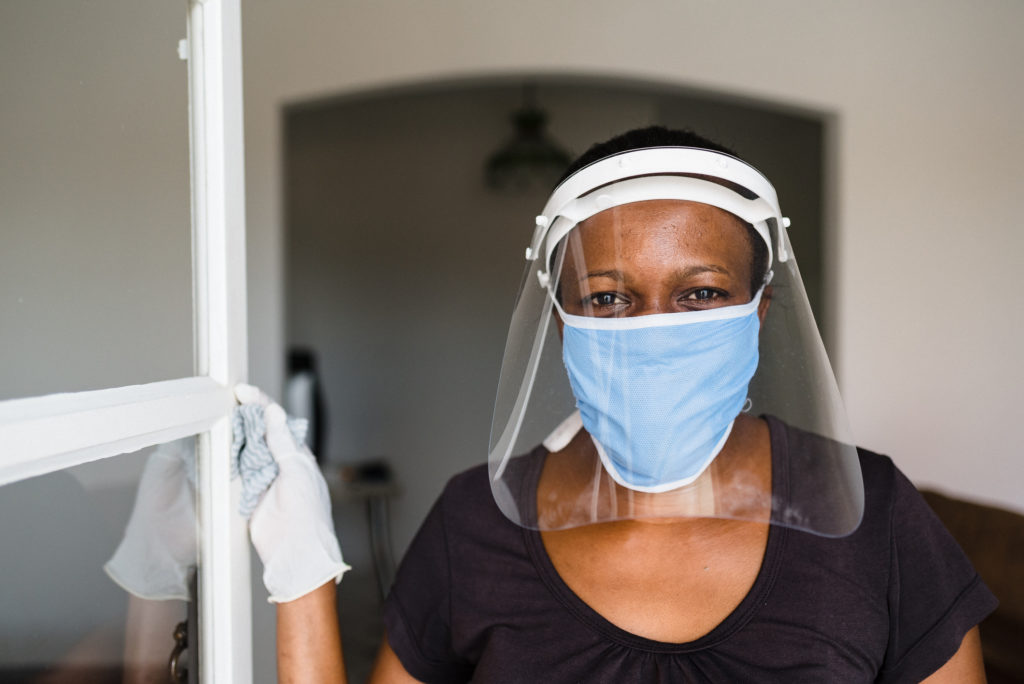
A greater risk of death for order Black Americans hospitalized for COVID-19 occurs because they disproportionately receive care in facilities with worse outcomes for all, according to a study appearing in JAMA Network Open.
After analyzing the health records of 44,217 Medicare Advantage patients (average age 76) hospitalized with COVID-19 from January through Sept. 21, researchers found that the odds of dying within 30 days of hospitalization (or discharge to hospice care) were 11 percent higher for Black patients than for white patients.
As for the major cause for the disparity, the study points to differences in the hospitals, rather than the patients.
“People often assume that Black-white differences in mortality are due to higher rates of chronic health conditions among Black individuals. But time and again, research has shown that where Black patients get their care is much more important, and that if you account for where people are hospitalized, differences in mortality vanish,” study coauthor Rachel M. Werner, M.D., executive director of the Leonard Davis Institute of Health Economics at the University of Pennsylvania, said in a statement.
To test that theory, the researchers ran simulations that showed there would have been no difference in mortality rates had Black patients gone to hospitals that treated disproportionately more white patients.
“Our analyses tell us that if Black patients went to the same hospitals white patients do, and in the same proportions, we would see equal outcomes,” Nazmul Islam, a statistician at OptumLabs who coauthored the study, said in a statement.
The study found that 1,450 Blacks (13.48 percent) died or were transferred to hospice care, compared with 4,304 whites (12.86 percent) who were admitted for COVID-19 at 1,188 hospitals across 41 states that had treated patients of both races. The simulation showed the rate for Black patients would have declined from the observed 13.48 percent to 12.23 percent.
Researchers who conducted the study suggest long-standing racial disparities have led to worse performing hospitals serving Black communities.
“Because patients tend to go to hospitals near where they live, these new findings tell a story of racial residential segregation and reflect our country’s racial history that has been highlighted by the pandemic,” study coauthor, David Asch, M.D., the executive director of Penn Medicine’s Center for Health Care Innovation, said in a statement.
Baker, an executive vice president at the Joint Commission, a leading organization in health care quality and patient safety located in Oakbrook Terrace, Illinois, noted that prior to the 1965 passage of Medicare, many hospitals would not admit Black patients.
“Unfortunately, although the passage of Medicare integrated hospitals, there were no major policies or funding initiatives to ensure that the inferior conditions in hospitals that disproportionately cared for Black patients were rectified,” Baker wrote.
“In effect, doctors and hospitals in the United States are paid less to take care of Black patients than they are paid to take care of white patients. When we talk about structural racism in health care, this is part of what we mean,” they wrote.
In an editorial in JAMA Network Open that accompanied the study, David W. Baker, M.D., agreed that “a long legacy of structural racism” has contributed to the “financial challenges and limited resources” faced by many hospitals in predominantly Black communities.









